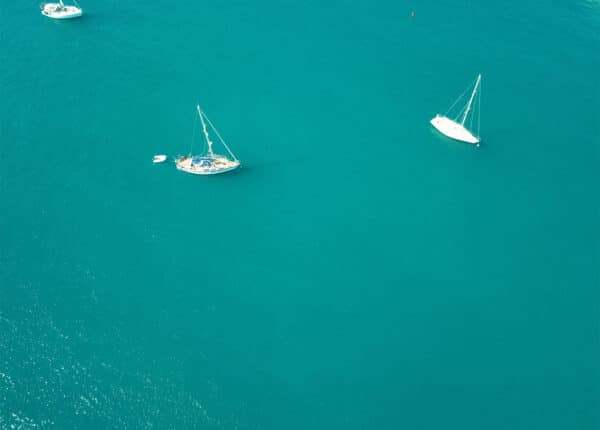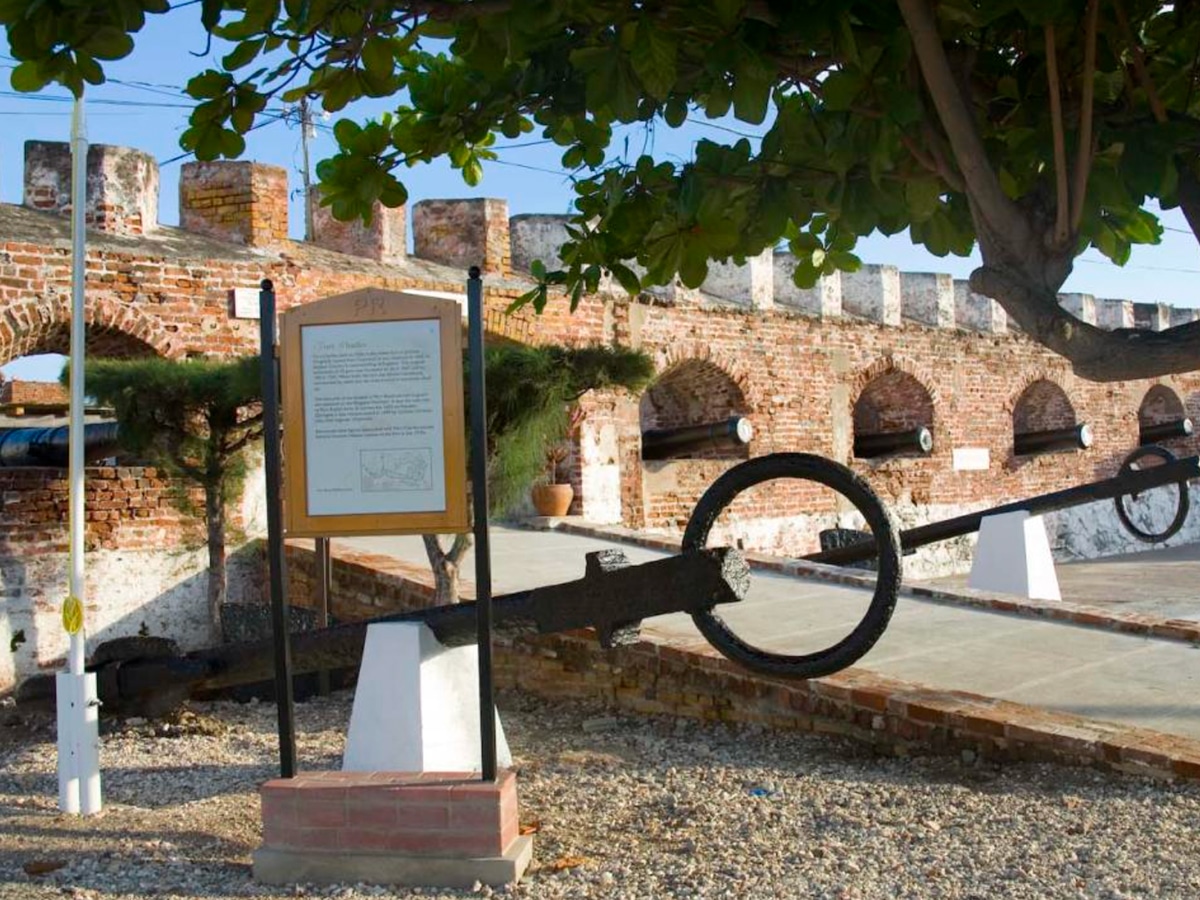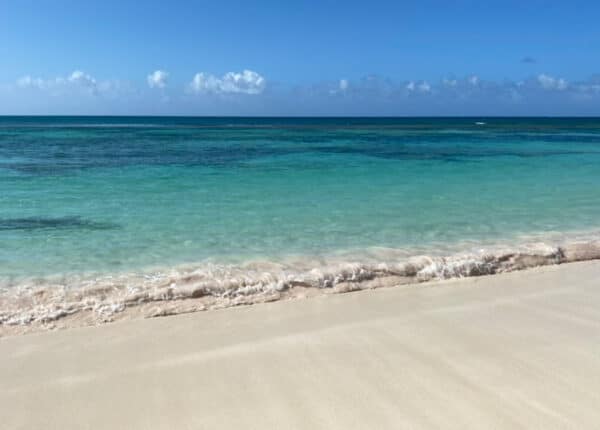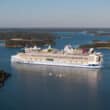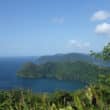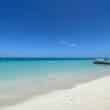Jamaica’s Historic Port Royal Is Now a UNESCO World Heritage Site
It was once the most important English port in the Western Hemisphere—a hub of colonial power, regional trade, and piracy. Then in 1692, an earthquake sent half of it beneath the sea. Now, more than three centuries later, Port Royal, Jamaica has received the world’s highest recognition for cultural heritage: a place on the UNESCO World Heritage List.
On July 12, 2025, the World Heritage Committee formally inscribed the Archaeological Landscape of 17th Century Port Royal as Jamaica’s second World Heritage site and the first of its kind in the English-speaking Caribbean. For Jamaica, the designation marks a defining moment: a rare acknowledgment of both its maritime legacy and the submerged remnants of a city that once shaped the colonial Caribbean.
A City That Sank — and Survived
Located at the mouth of Kingston Harbor, Port Royal rose rapidly in the 1600s as a thriving trade center for the British Empire. It became a key point in the transatlantic economy — one built on sugar, goods, and the labor of enslaved people. At its height, it was known for its wealth, its pirates, and its strategic importance. But the catastrophic earthquake of 1692 changed everything. Entire city blocks slid into the sea.
What remains today is a blend of terrestrial and underwater archaeological features, many remarkably well-preserved. From the foundations of merchant homes to submerged artifacts frozen in time, Port Royal is now recognized by UNESCO as having outstanding universal value — a rare type of cultural site that reveals both the physical infrastructure and the human stories of early colonial life in the Caribbean.
What the Designation Means
UNESCO’s World Heritage designation is more than symbolic. It brings global recognition and opens doors to sustainable tourism, research, and conservation. In Jamaica — where tourism accounts for nearly a quarter of GDP — this recognition adds depth to the country’s heritage offering and supports long-term preservation efforts.
“Remarkably, 330 years on, it is a well-preserved site that captures life as it was lived at the time. The nomination allowed us to reveal the site’s attributes and showcase its global value,” said Olivia Grange, Jamaica’s Minister of Culture.
What You Can See (and What You Can’t)
Some parts of Port Royal remain above ground—old forts, foundations, cannons, and the layout of the historic town are visible today. But what makes this site exceptional is what lies beneath. The submerged city is one of the best-preserved underwater heritage sites in the Americas. While much of it is not yet accessible to the public, archaeological surveys and conservation work are underway to document and eventually showcase more of the site through museums, virtual exhibitions, and limited guided access.
For travelers, Port Royal is already seeing increased interest, particularly as Kingston expands its cultural tourism footprint. It’s a short drive from downtown, and the site is managed under the Jamaica National Heritage Trust and the Natural Resources Conservation Authority. It’s another reason to visit the capital of Jamaica, a place that is seeing growing interest as an urban tourism destination.
